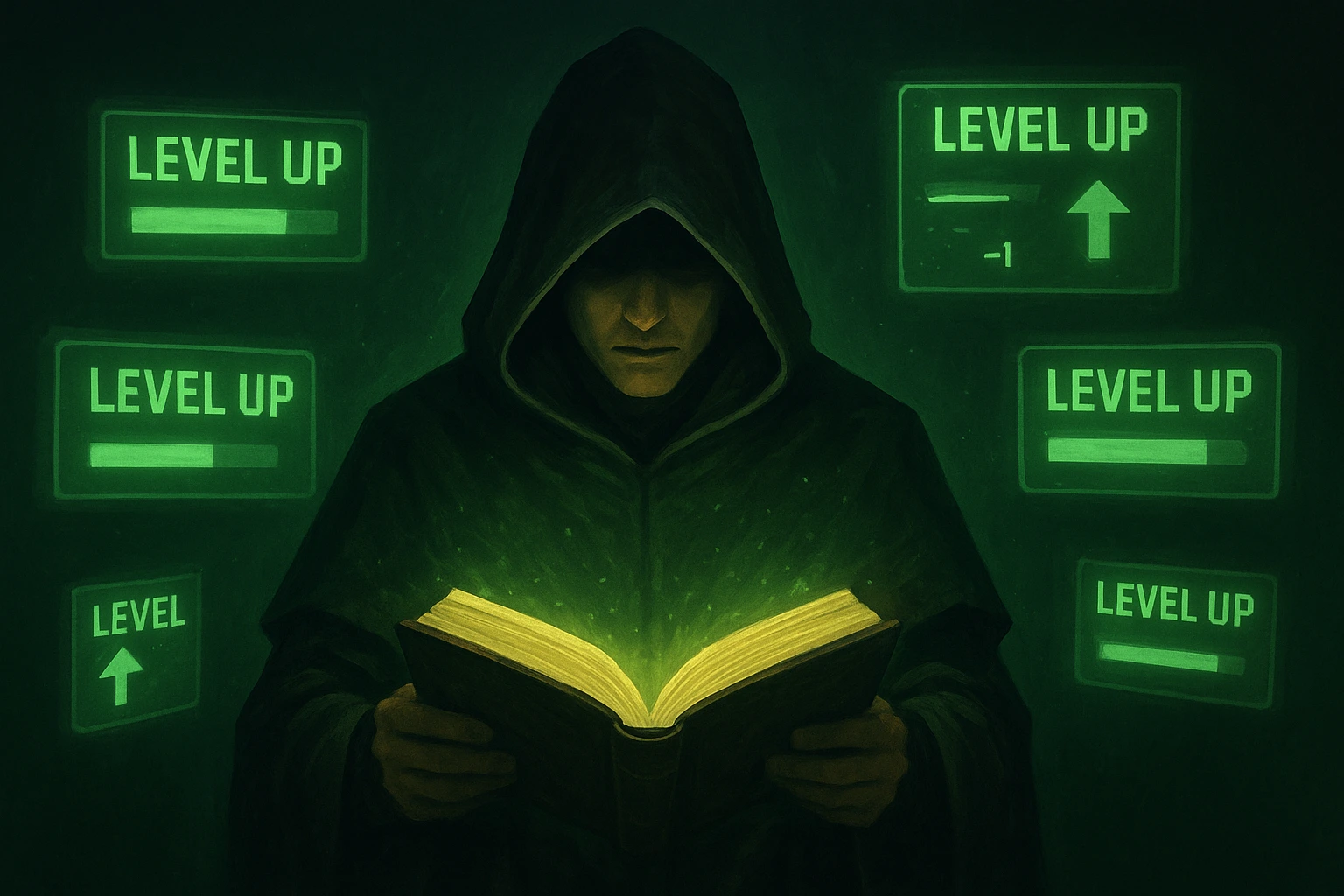ScFi/Fantasy Books with Great Worldbuilding

By
16 April 2025
One of the most compelling elements of speculative fiction—whether fantasy or science fiction—is its ability to transport readers into entirely new realms: places shaped by unique histories, cultures, magics, and politics. Great worldbuilding is the hallmark of an immersive experience, where the setting becomes as vivid and alive as the characters that inhabit it.
In this article, we explore six standout series that showcase exceptional worldbuilding:
The Exiles Trilogy by Melanie Rawn,
The Halfblood Chronicles by Andre Norton and Mercedes Lackey,
The Murderbot Diaries by Martha Wells,
A Song of Ice and Fire by George R.R. Martin,
The Vorkosigan Saga by Lois McMaster Bujold, and
The Gentleman Bastard Series by Scott Lynch.
The Exiles Trilogy – Melanie Rawn
Composed of The Ruins of Ambrai, The Mageborn Traitor, and the long-anticipated The Captal's Tower, The Exiles Trilogy is a sweeping epic set in the land of Lenfell, a society recovering from the apocalyptic Waste Wars. Rawn’s world is defined by its unique matriarchal social structure and a class system obsessed with bloodlines and family prestige. The political intrigue is heightened by the restriction that no mage should be holding a position of power but yet magic finds a way to assert pressure on the government.
Magic in Lenfell is both political and inherited, dividing the world between Mage Guardians and the shadowy Lords of Malerris. The history, ideology, and generational trauma that shape the characters' choices reflect a world that evolves alongside the story. Rawn blends magic, family drama, and ideology into a layered, living world.
The Halfblood Chronicles – Andre Norton & Mercedes Lackey
In this series, elves rule over humans with tyranny, and halfblood children—born from human and elven unions—are feared for their unique magical potential. The first book, The Elvenbane, introduces a world on the cusp of revolution. The elves, humans and dragons inhabit the world of Halfblood Chronicles with their own brand of magic. The authors lay out a rich diverse cast of characters on each side of the conflict.
What makes this world so immersive is its political complexity, secret factions, and rich magical lore. Norton and Lackey reimagine dragons as wise, ancient beings, and frame the story around resistance, identity, and the fight for freedom. Each book expands the depth of this world with new cultures, alliances, and mythologies.
The Murderbot Diaries – Martha Wells
While The Murderbot Diaries is science fiction, its worldbuilding is every bit as immersive as fantasy. The titular character is a security unit with hacked autonomy and a penchant for watching soap operas instead of talking to humans.
Wells constructs a corporate-dominated galaxy where planets and space stations have their own cultures, laws, and social attitudes—especially concerning artificial intelligence. Through Murderbot’s witty and sarcastic lens, readers are shown a world that is both humorous and disturbingly familiar. Ethical questions about identity, autonomy, and surveillance run deep through its subtle, powerful worldbuilding.
For a guide on starting out the series, click here.
A Song of Ice and Fire – George R.R. Martin
No worldbuilding list is complete without A Song of Ice and Fire. Martin’s Westeros and Essos are two of the most detailed and believable fictional continents in literature. The series’ lore stretches back thousands of years and influences every decision and alliance in the present-day plot.
What makes Martin’s world so real is its unpredictability and the sense that every character is acting based on personal and political motivations. Magic is rare and mysterious, but growing in presence, adding tension to an already volatile landscape. From icy wastelands to sun-drenched cities, each location feels culturally and historically distinct.
The Vorkosigan Saga – Lois McMaster Bujold
Spanning generations and star systems, The Vorkosigan Saga is science fiction that reads like a character-driven epic. While the story follows the brilliant and eccentric Miles Vorkosigan, the true triumph is the diversity of civilizations Bujold brings to life. The characters that Bujold brings around Miles further deepen the story with their motivations and backstories, the most compelling one being Miles's mother, The Countess Vorkosigan. She is a famed scientific explorer who cuts through personal and societal obstacles like a laser melting a tub of butter.
From the feudal, honor-bound society of Barrayar to the liberal and technologically advanced Beta Colony, each culture has unique values, politics, and conflicts. Bujold’s exploration of war, disability, diplomacy, and identity takes root in a universe that is as intellectually stimulating as it is emotionally grounded.
For a guide on starting out the series, click here.
The Gentleman Bastard Series – Scott Lynch
Beginning with The Lies of Locke Lamora, this series introduces readers to the city of Camorr—a richly textured, Venice-inspired metropolis teeming with crime, politics, and ancient remnants of forgotten technology.
Scott Lynch’s worldbuilding stands out for its atmospheric detail and smart integration of magical elements, like the mysterious "Elderglass" structures built by an extinct civilization. The story follows Locke Lamora and his band of thieves, who operate within a strict, criminal code amidst an underworld of rival gangs and elite nobles. Locke and his fellow conmen dance very close to the filmsy line drawn between the underworld and the nobility, striking at targets best left alone. And the best part, they ply their trade without the benefit of magic in Lynch's world.
The world expands with each book, showcasing new cities, cultures, and magical systems. From nautical politics to magical duels, Lynch's world is full of sharp dialogue, layered history, and a sense of chaotic realism that makes even the most fantastical moments feel grounded.
Lynch has recently announced a new sequence of stories which come chronologically before the next book on the series. Details can be found here.

Pavithran is a software developer based in Bengaluru, passionate about web development. He’s also an avid reader of SF&F fiction, comics, and graphic novels. Outside of work, he enjoys curating inspirations, engaging in literary discussions and crawling through Reddit for more mods to add in his frequent playthroughs of The Elder Scrolls V: Skyrim.

EXPLORE





